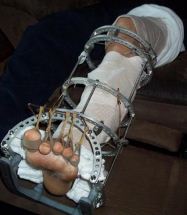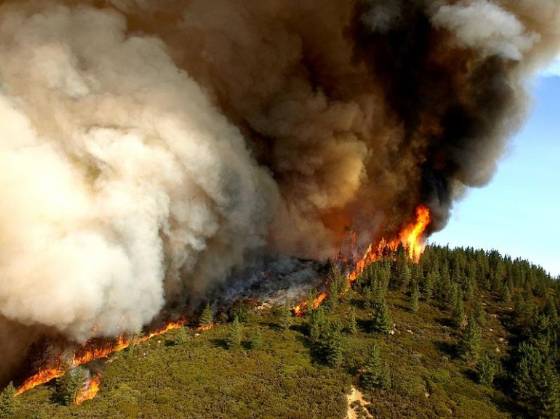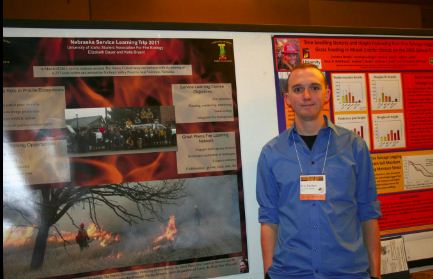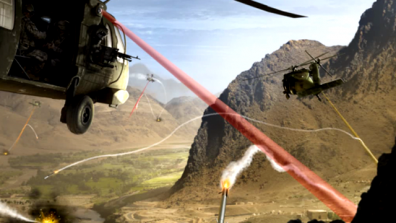
I will have to admit that when the National Wildfire Coordinating Group’s Risk Management Committee distributed some information earlier this year about rhabdomyolysis, which is frequently referred to as “rhabdo”, I didn’t pay much attention. But today when the Wildfire Lessons Learned Center announced that a Facilitated Learning Analysis (FLA) for a severe case of rhabdo was available, I read it carefully and am now converted. The injury in the FLA occurred September 21, 2011 while a firefighter was taking the Work Capacity Test, or “pack test”. I have seen the light and realize how serious this condition can be.
Left untreated, or if not treated early enough, rhabdo can lead to irreversible muscle damage, permanent disability, kidney failure possibly requiring lifelong dialysis, and even death. Up to 8% of cases of rhabdomyolysis are fatal according to a NIOSH report. And all of this can be the result of exercising hard or engaging in a strenuous fire assignment if other risk factors are also present.
Rhabdomyolysis is the breakdown of muscle fibers resulting in the release of muscle contents (myoglobin) into the bloodstream which are harmful to the kidneys and may lead to kidney failure.
The link between rhabdo and “compartment syndrome”, the condition that is emphasized in the FLA, is certain, but it is not clear to me, having much more fire training than medical training, if compartment syndrome leads to rhabdo or vice versa, and my research found conflicting information. But that is not really important, in that both conditions are similar in that they are caused by damaged muscle tissue. Compartment syndrome occurs when the damaged muscle is inside an enclosed compartment in a fibrous sheath with other muscles, as is found in the arms and legs. Rhabdo can occur with any muscles, but both can lead to the same outcome, including death.
I was disappointed that the recently released FLA did not state the cause of the injured employee’s compartment syndrome/rhabdo, nor did it provide much useful information about how to prevent a similar occurrence, other than to “prioritize staying physically fit”, and the “incorporation of healthy lifestyle choices and better nutrition”. So I attempted to gather some information here in one place that will hopefully be useful for wildland firefighters, to increase their chances of avoiding rhambdo, or diagnosing it if it occurs.
Continue reading “Wildland firefighters: rhabdomyolysis or “rhabdo” can be extremely serious”









